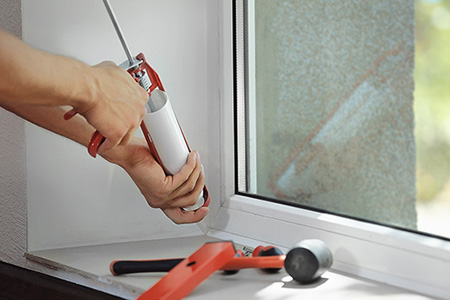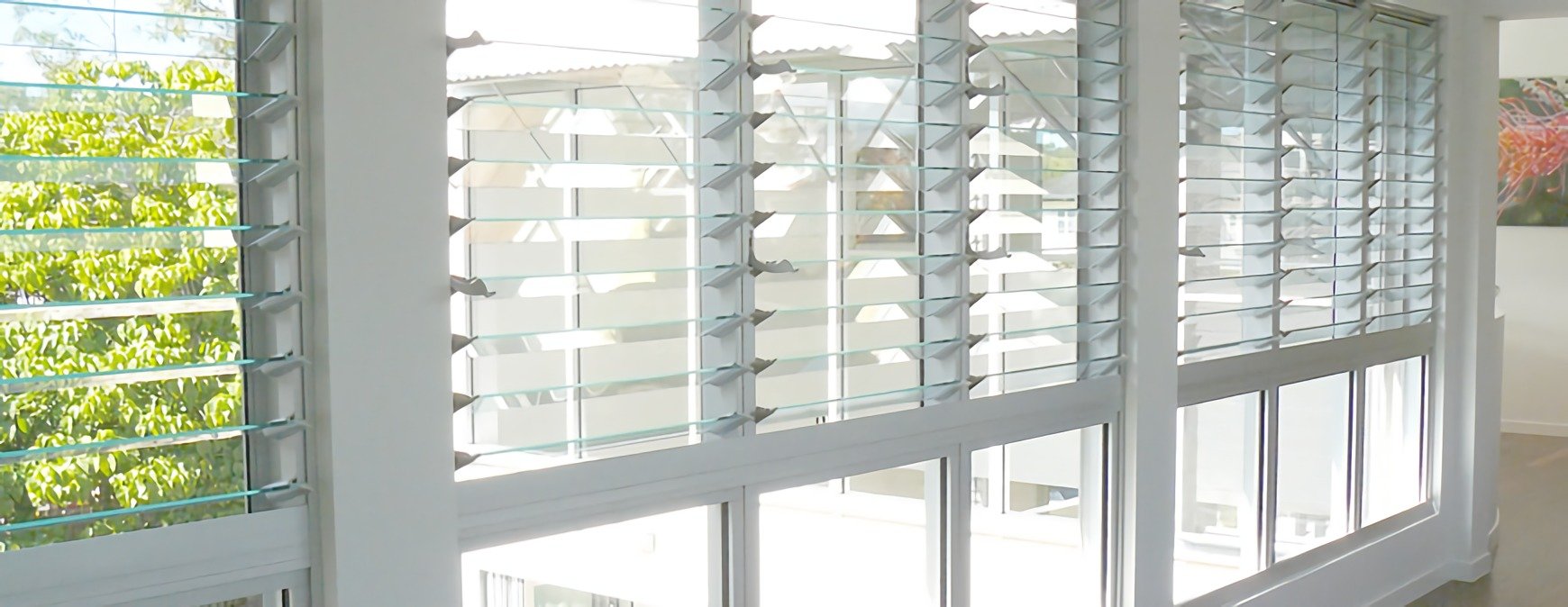RSI is a Great Training Option for Everyone
Learn more about how we can prepare you to advance your career.
When most people think of making their homes more energy efficient, they think of more energy efficient appliances. Making your home more energy efficient doesn’t necessarily mean spending thousands of dollars on new appliances. Windows may be as good of an option. Before making any decision about windows and window treatments, the Department of Energy recommends understanding about windows energy performance ratings. 1
Window Placement/Existing Windows
Window placement can have a bearing on how much energy is conserved – or lost. If you live in a mostly cold or chilly climate, large windows should for the most part face north. The opposite is true in climates that are hot or warm year-round: big windows ideally ought to face south. 2
Storm Windows
Efficiency loss may be due to air leaks. Storm windows can help with efficiency and comfort. There are different types of storm windows each having advantages and disadvantages. Depending on what your biggest concern is: budget, durability, easy installation, etc. will determine your best option.
Window Treatments
People tend to think of window treatments as primarily decorative, but picking the right ones for your home can improve energy efficiency. The following are just some examples of energy efficient window treatments. 3
Awnings
Awnings are made using different fabrics. If you are looking to reduce the amount of heat entering your home, choose one with tightly woven fibers and is more opaque (not see through). There are adjustable or retractable ones that can be rolled up to let in more sun depending on the time of year.
Get Started on the Path to a New Career
Fill out our form to learn how we can help you change your life.
Window Shades
Having properly installed window shades is simple and provides an effective way of achieving energy efficiency. Reversible dual shades (one white or reflective and one dark or heat absorbing) can increase energy efficiency. The reflective side should face outward when it is cooler. This should be reversed as the seasons change. For the highest energy efficiency, shades should be drawn all day. Other types of shades such as pleaded or cellular shades provide good insulation. There are many types of shades to choose to get energy efficiency.
Window Panes

A home can lose up to 25% of its heat or cold air through window pane gaps and door frame gaps. 4 Most homeowners can seal or repair these cracks and gaps without professional help. Effective repair methods include caulking, repairing or replacing weatherstripping as well as injecting foam sealant between the window frame and home frame. However, if budget isn’t an issue, homeowners should be aware that replacing window trim when possible is usually more effective than simply repairing existing trim. 5
Replace or Treat Windows as Needed
Understanding the role that windows play in conserving HVAC energy is very important. If you’re unable to decide or install the windows or treatment that best fits your needs, you should consider hiring a professional.
Additional Sources
1 – http://energy.gov/energysaver/energy-performance-ratings-windows-doors-and-skylights
2 – http://energy.gov/energysaver/energy-efficient-windows
3 – http://energy.gov/energysaver/energy-efficient-window-treatments
4 – http://www.earthshare.org/2009/10/how-efficient-is-your-home.html
5 – http://www.dummies.com/how-to/content/how-to-seal-windows.html
This blog has been labeled as archived as it may no longer contain the most up-to-date data. For a list of all current blog posts, please visit our blog homepage at https://www.rsi.edu/blog/




